Table of contents
Learn all about the Shiatsu massage technique!
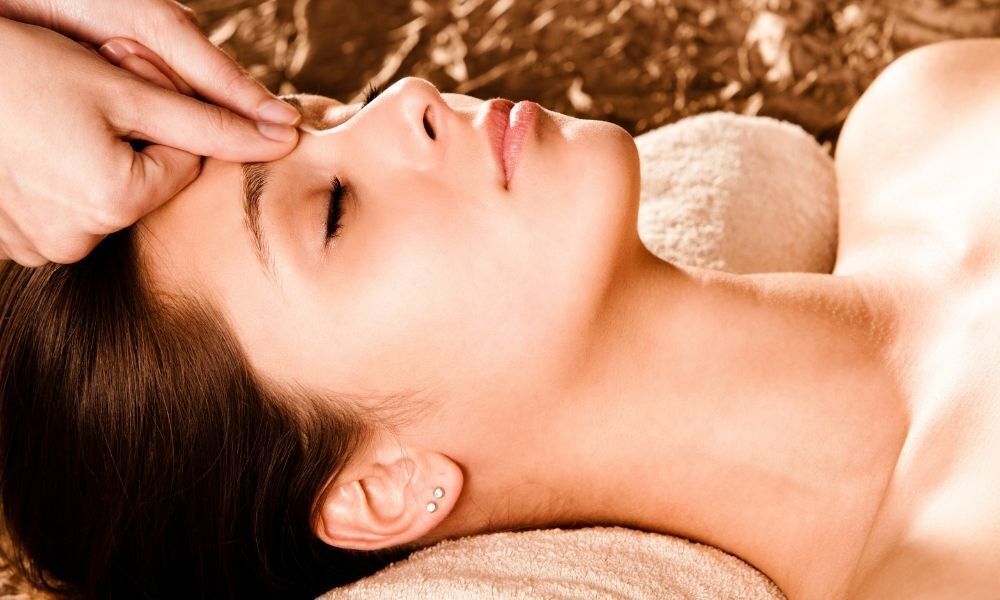
Shiatsu is a massage therapy method that appeared in Japan at the end of the 19th century. Created from different styles and techniques, it has been modified since its inception due to the influence of other cultures, which have adopted the practice.
Thus, today it is possible to find several different versions of Shiatsu around the world. However, its basic characteristic is maintained in all of them. Therefore, the method can be defined as a massage made by finger pressure all over the body.
Currently, its practice is done by specialized professionals, but there are also some homemade possibilities. To learn more about Shiatsu, continue reading this article.
Understanding Shiatsu
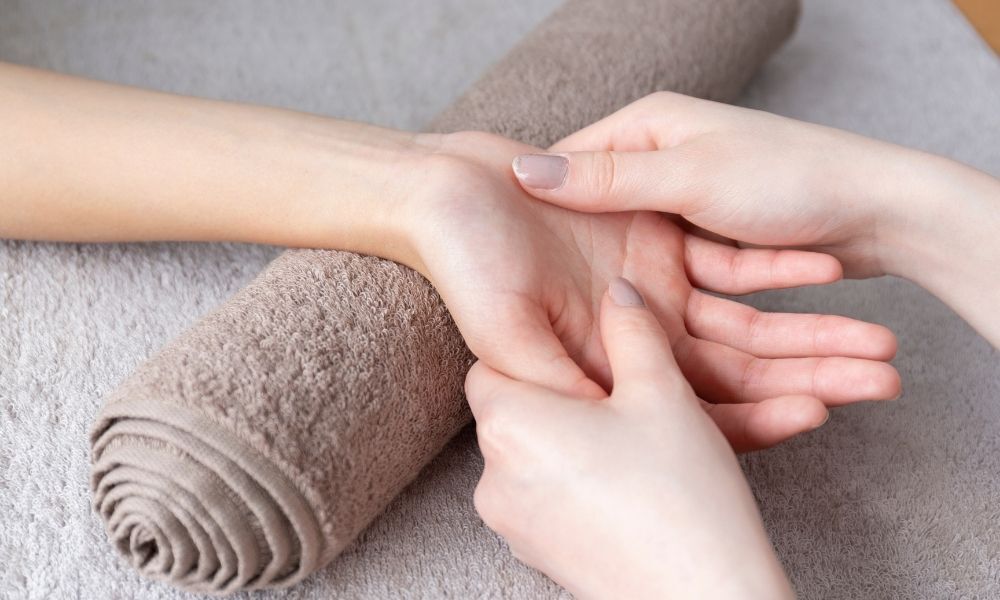
In general, the objectives of Shiatsu are to maintain the balance between body and mind. To achieve this, the professional in charge applies a massage made by applying pressure with the fingers on specific points of the body.
It is worth noting that its use is directed toward increasing the patient's energy. In addition, Shiatsu is capable of raising levels of consciousness, as well as helping the functioning of the organs and stimulating the immune system.
The following will discuss more details about Shiatsu, as well as its history in Brazil and the purposes of the technique. Continue reading the article to learn more about the technique.
What is it?
Shiatsu is a therapeutic massage technique aimed at increasing energy and consciousness. Due to these factors, it helps the patients' bodily functions, acting mainly to strengthen the immune system and prevent against potential diseases. Therefore, Shiatsu is considered a preventive and not a curative method.
Currently, its principles are structured around the triad of Chinese medicine, composed of body, spirit, and mind. All these aspects are worked with the objective of maintaining these functions in harmony and making possible a better quality of life for the patients.
History of Shiatsu in Brazil
It is possible to state that Shiatsu came to Brazil through the Japanese immigration cycles and was taught in the colonies according to the immigrants' family traditions. Thus, until the 1960s, the technique was practiced only by Nikkeis (Japanese descendents) in Brazil.
In addition, until the period in question, Shiatsu was linked only to Buddhist communities and martial arts dojos. However, during the 1980s, its teaching process was formalized and the practice gained official recognition, expanding to other environments and increasing in popularity.
What is it for and how does it work?
In Eastern cultures, a person's vital energy is called "ki" and is present in all living things. As such, it flows through the body and forms energy channels, known as meridians. The free flow of energy is crucial to a person's physical, metal, and emotional health, but there are some disturbances that lead to disease.
The pressure stimulates self-regulation and strengthens the body, ensuring balance and improving its functions in general.
Principles
Shiatsu's principles of balance are structured according to traditional Chinese medicine. In this way, individuals are thought of as a triad that is structured around mind, body and spirit. Thus, Shiatsu believes that understanding these aspects is fundamental.
Therefore, all of them are worked on during the massages. The goal is to keep them in balance so that they are all healthy, thus ensuring an improvement in the quality of life of the patient who adheres regularly to the technique.
Shiatsu vs. acupressure
The differences between Shiatsu and acupressure generate some doubts, since both involve applying pressure with the fingers to activate certain areas of the patient's body.
Broadly speaking, acupressure can be described as a version of acupuncture practiced with the fingers, but it can also make use of other instruments to apply pressure to the body.
Besides promoting relaxation, the technique aims to treat diseases and reduce symptoms, something that does not happen in Shiatsu, which has a preventive character.
Scientific Proofs
According to physiotherapist Carlos Matsuoka, the benefits of Shiatsu can be understood in three distinct categories: emotional, chemical, and physical. They are interconnected and bring a series of advantages to the human body.
According to the professional, the pressure applied with the fingers causes the muscles of the human body to loosen up, which activates blood circulation and makes the body more vascularized. Thus, Shiatsu is able to provide an increase in immunity and decrease a number of physical pains.
Benefits of Shiatsu
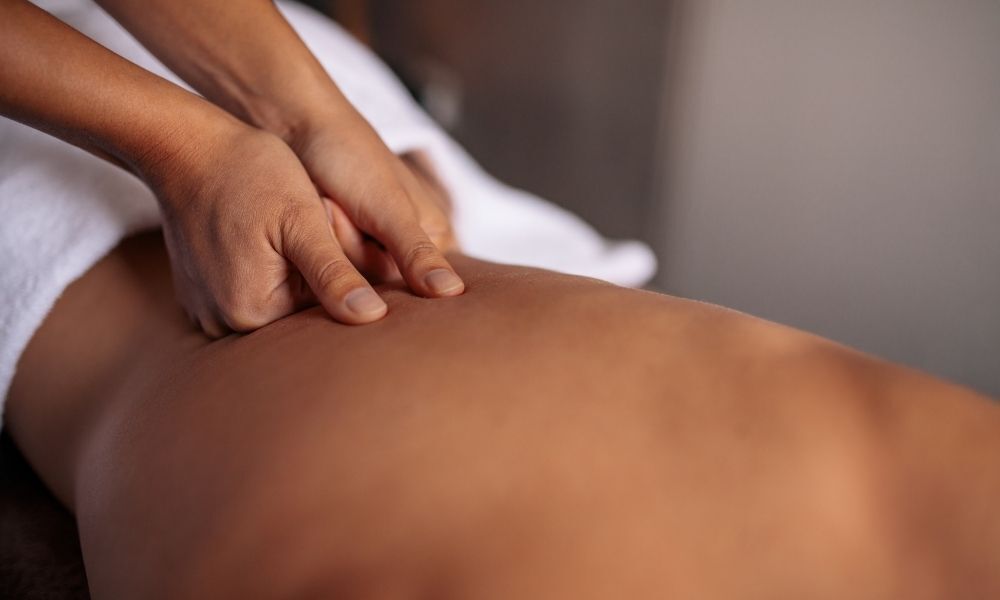
Shiatsu is capable of bringing a series of benefits to the human body. Due to the pressure applied at strategic points, the blood flow becomes more active and, therefore, circulation undergoes a significant improvement. In addition, the technique contributes to the increase of immunity.
It is worth pointing out that the practice acts as a means of preventing some diseases, as well as helping to relieve some pains. As an illustration, it is possible to mention muscle pain in general, fibromyalgia, and herniated discs.
Below, the benefits of Shiatsu will be discussed in more detail, so to learn more about how this massage technique works on the human body, please continue reading this article.
Promotion of well-being
Due to its triad format, Shiatsu is a technique that promotes well-being by thinking about aspects that go beyond the patient's physical health. Thus, by activating the energies present in each person's "ki", it ensures revitalization and greater vigor to the patients. Therefore, it is a powerful aid in the treatment of emotional and psychological problems.
In addition, Shiatsu helps to balance the functioning of the organs, something that strengthens the functioning of the body as a whole and opens up the possibility of increased physical endurance in patients.
Improved blood circulation
Thanks to the pressure applied to the Shiatsu points, known as meridians, blood circulation improves significantly. Therefore, the technique also brings chemical benefits that are intertwined with physical and emotional ones.
It is possible to state that the improvement in blood circulation is activated from the massage since the patients loosen all the muscles of the body during Shiatsu, something that is made possible by the feeling of relaxation. Thus, the circulation is activated and the body becomes more vascularized.
Reduction of anxiety and stress
Shiatsu works on some points in the body where energy can become stagnant, causing blockages for it to flow normally. But once these points are properly worked on, the energy once again flows freely through the body's meridians.
One of the reasons for this is the fact that Shiatsu acts directly on the nervous system; therefore, the technique is beneficial for those seeking moments of relaxation.
Control of emotional imbalances
The control of mental illnesses and emotional imbalances can also be achieved through Shiatsu. The massage has proven to be an interesting aid for illnesses such as depression, and also in the case of some neuroses.
It is worth pointing out that the benefits are noticed right from the first treatments, which promote the energetic restoration of the patient.
It is worth pointing out, however, that Shiatsu does not replace conventional treatments for mental illness. It can act as a good ally and help in cases where medication, for example, takes a little longer to be adjusted.
Decrease in head and body pain
Headaches and body aches are also symptoms of modernity. Due to today's work format, where many people spend their days sitting in offices staring at monitors, these aches and pains become part of a very tangible reality.
In addition, the home office scenario generated by the pandemic has meant that many people need to work in spaces that were not designed for it.
Therefore, Shiatsu helps combat the pain generated by inappropriate postures or exposure time to screens due to its ability to relax the muscles and improve blood circulation.
Immunity boost
The increase in immunity is directly linked to improvements in the blood system, proving that in Shiatsu everything works in a collective way and reinforcing the idea that the human body is a unit. In addition, this increase is also generated from the improved functioning of the organs, something that is promoted by the technique.
All this happens once the "ki" energy starts to circulate freely throughout the patients' body, causing the body as a whole to be strengthened.
Prevention of digestive problems
The systems of the human body, such as the digestive, respiratory, and circulatory systems, must function in an integrated way for the body to be healthy. This principle is taken into consideration by Shiatsu, which improves the functioning of the organs as a whole. Thus, improvement in digestive problems is associated with the circulatory system.
This happens because digestion depends on blood circulation to be well done. So, by providing greater vascularization to the human body, Shiatsu ensures that digestive problems will have fewer occurrences in its patients.
Improved breathing
Many people use Shiatsu as a way to improve their concentration and thus be more successful in their studies. This is made possible because during the massage, the patient must learn to focus his or her attention on the points that are being stimulated and consequently undergo relaxation.
During this process, the patient needs to breathe in a correct way, something that will benefit his routine as a whole because he will learn the techniques used by Shiatsu for these purposes and will be able to apply them in his life later.
Improved posture
Since Shiatsu combats stress, both from the physical and psychological point of view, it can be considered something that helps to improve posture. The feeling of relaxation promoted by the technique causes an improvement in pain in this region and, therefore, makes it easier for people to adopt a correct posture.
In addition, it is worth mentioning that there are specific meridians for the relocation of vertebrae and joints, which makes Shiatsu act even more directly on the issue of posture. But, for these purposes, it is necessary to seek a specialized therapist.
Shiatsu points
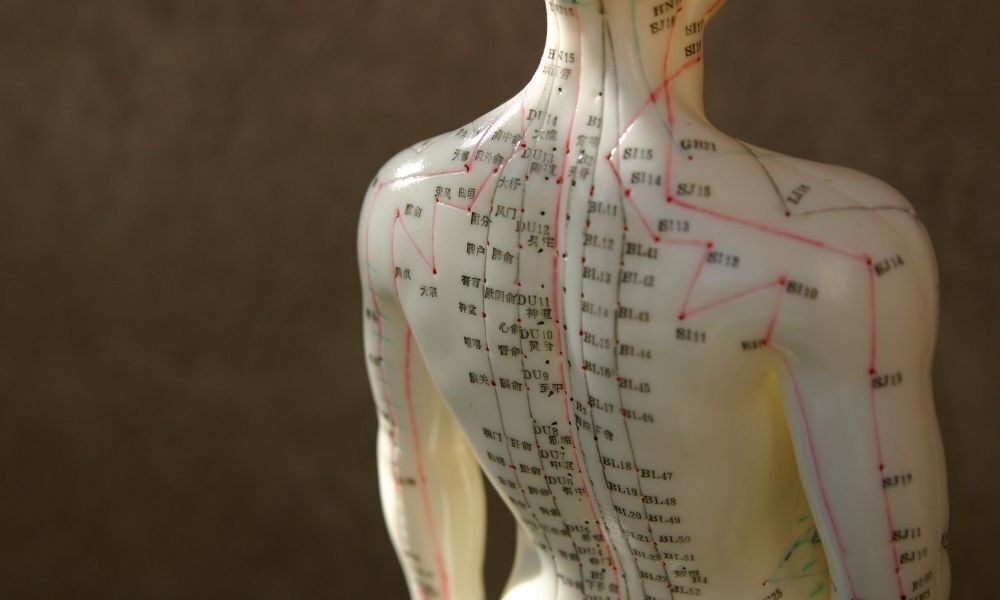
The points of Shiatsu are called meridians and can be described as the channels for the circulation of "ki" energy. Thus, they are responsible for maintaining balance, and when a meridian receives less attention than it should, health problems arise.
Therefore, the goal of the massage is to regulate all these points, ensuring that they are in balance and receive the same flow of energy. It is possible to state that the human body is composed of hundreds of small energy points that can be worked on during Shiatsu.
To learn more about meridians, how many there are, and which organs they are associated with, continue reading this article.
Lungs meridian
The lung meridian has 11 different points spread throughout the human body and is symbolized by the letter P. It is worth mentioning that this meridian is known by the name of Yin.
Furthermore, it is also possible to state that its points are bilateral and the meridian begins in the thorax, then moves to the subclavicular region, runs along the length of the arm and forearm, and ends at the thumb.
Large intestine meridian
Symbolized by the letters IG, the large intestine meridian is distributed over 20 different points in the human body. Known as the Yang meridian, it begins at the tip of the index finger.
It then runs along the length of the hand, forearm, arm, shoulder, and neck until it reaches the face, where it ends right at the tip of the nose.
Stomach Meridian
The stomach is among the organs that have the most Shiatsu points in the human body; it has 45 points and has the letter E as its symbol.
This is also a Yang meridian that starts at the head and crosses the entire face, then goes to the neck, the thorax, and the abdomen, then it is introduced into the lower limbs and ends at the tip of the second toe.
Kidney meridian
In all, the kidney meridian has 27 energy points spread all over the human body. Furthermore, it is symbolized by the letter R. It is a Yin meridian that begins at the soles of the feet and runs up the front of the feet, reaching the leg and then the thigh. It then runs along the length of the abdomen and chest, ending under the collarbone.
Spleen-pancreas meridian
The spleen-pancreas meridian has 21 points and has the letters BP as its symbol. It is a Yin meridian and begins at the big toe, then continues through the inside of the foot to the inside of the leg and later the thigh. It continues through the front of the abdomen and the side of the chest, so that it ends only at the 7th intercostal space.
Heart meridian
Symbolized by the letter C, the heart meridian has a modest number of energy points in Shiatsu, a total of 9. It is a Yin meridian that originates in the axillary hollow, then passes through the inner part of the arm and continues up to the forearm, finally crossing the wrist on its inner side and ending only at the tip of the little finger.
Small bowel meridian
The small intestine has 19 energy points spread throughout the body and has the letters ID as its symbol. It is a Yang meridian and begins at the tip of the little finger, then continues up the arm, to the forearm, and crosses the shoulder and shoulder blade in a zig zag pattern, then enters the neck until it reaches the face, ending at the ear.
Bladder Meridian
The bladder is the organ that has the most energy points in Shiatsu, easily surpassing the stomach and the gallbladder, respectively, the second and third on the list. In all, the bladder has 67 energy points and is symbolized by the letter B.
It is a Yang meridian and the longest meridian in the human body, starting at the inner angle of the eye. It then follows along the forehead and crosses the skull out of the meridian line at the back.
It then goes down the back of the neck and extends to the coccyx, where it disappears. It then reappears at the top of the scapula and continues parallel to the line drawn previously until it enters the lower limb and reaches the calf. Its end is the end of the 5th toe.
Pericardial Meridian (Circulation and Sexuality)
The pericardium meridian, also called the Circulation and Sexuality meridian, has only 9 Shiatsu points arranged along the human body and is symbolized by the letters CS. It is a Yin meridian and begins on the chest, outside the nipple, then enters the upper limbs and runs along its inner side, ending at the tip of the middle finger.
Triple-warming meridian
The triple heater meridian has 23 energy points, and its symbol is the letters TA. It can be noted that it is a Yang meridian born at the end of the ring finger. It then goes up the back of the hand to the forearm and the outer part of the arm, gaining the shoulder and never. It then goes around the ear and ends at the end of the eyebrow.
Liver meridian
In all, the liver has 14 energy points spread throughout the human body, and its representation is the letter F. It is a Yin meridian that originates from the tip of the halux. It then follows throughout its internal part and continues on the extension of the inner thigh. Later, it gains space in the abdomen until it ends in the 6th intercostal space.
Gallbladder Meridian
The gallbladder is the second meridian with the most points in the human body, totaling 44, second only to the bladder; it is a Yang meridian that originates in the outer angle of the eyes and runs through the skull.
During its trajectory, it describes a series and quite complex curves until it reaches the shoulder, continuing along the side of the thorax to the lower limbs, which are traversed by its external part until the meridian ends at the 4th toe.
Further information about Shiatsu
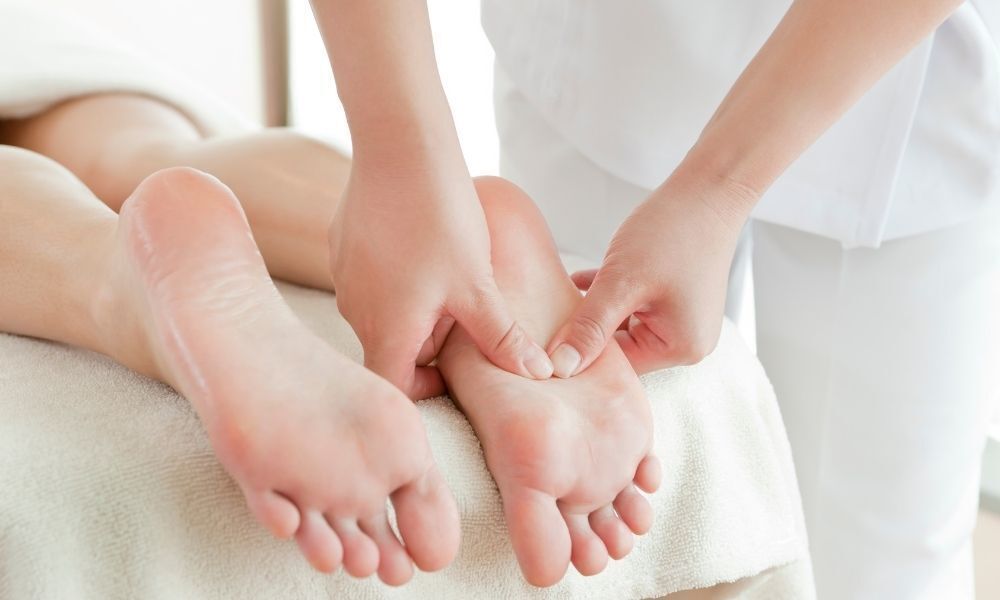
Despite being a practice that has been present in Brazil for more than 60 years, Shiatsu is still relatively unknown.
Thus, there are still many questions surrounding the practice, and this section of the article aims to clarify some of them, so that those interested in Shiatsu can acquire the necessary knowledge to become patients as soon as possible and enjoy the benefits.
To learn more about this, continue reading this article.
For whom is Shiatsu indicated?
Shiatsu can be practiced by anyone. There are no age restrictions, either to start or even to stop treatments of this nature. Thus, even babies can benefit from the technique. In addition, when it comes to the elderly, Shiatsu tends to work as a powerful attenuator for their joint pain.
It is recommended that the treatment be done on a regular basis, since this way the benefits will not be felt only occasionally, but will become a constant presence in the lives of the patients, who will achieve more balance in their health.
Can it be applied to animals as well?
Currently, alternative therapies have been gaining space among pet owners, especially allied to veterinary treatments for cases in which a surgical intervention, for example, would not bring the expected benefits - or has already been performed and did not have the expected effect.
Thus, Shiatsu can be used in pets, as long as accompanied by a trained professional. And the technique is indicated for cases of aggressiveness and anxiety, but can also be used to relieve muscle pain and to ease respiratory problems. The most common is that it is applied in dogs.
Contraindications
Shiatsu is not indicated for those suffering from infectious or contagious diseases, or when there is a suspicion of fracture. In addition, other contraindications of the practice are linked to people who have iron deficiency and severe dermatological problems.
It is also worth mentioning that Shiatsu is not recommended for people with cancer, osteoporosis, hernias and thrombosis. Although these conditions are not a hindrance to the practice, patients should inform the therapist before the session begins, since depending on some aggravating factors, Shiatsu can present a health risk. Then, the professional could indicate other techniques moreappropriate to these conditions.
How to prepare for a session?
There are some precautions that should be taken before receiving a Shiatsu massage. They are related to food and the way one dresses, in a way that can improve the experience considerably and enhance the effects of the massage on the body.
Thus, try to drink plenty of water before going for a Shiatsu session. Also, avoid the consumption of alcoholic beverages and prioritize liquids that can have a calming and therapeutic effect, such as teas. In this sense, try to avoid stimulating drinks, such as coffee, and eat lighter meals.
It is recommended that you bring a bathing suit or come to the session already dressed in one.
Frequency and execution
Shiatsu is a relaxing practice that brings a series of benefits to the human body as a whole.
It is worth mentioning that although the benefits begin to be seen soon after the first session, it is best to have a sequence of four or six, if there is a reason for seeking Shiatsu.
However, since it is a permanent treatment, the patient can come back to the therapist whenever they feel the need to rebalance their energy points.
Price and where to have a session
Currently, Shiatsu is available in several spaces in large urban centers, and there are several clinics dedicated to oriental therapies or even spaces dedicated to aesthetics that offer this massage option.
Generally the sessions are charged by the hour, so it is worth pointing out that currently the average price of an hour of Shiatsu in a large urban center costs an average of 215 reais at Buddah Spa, considered one of the largest urban spas in Brazil. But it is worth pointing out that these prices vary according to the region of the city and also the space chosen.
Shiatsu is a technique that aims to balance body and mind!
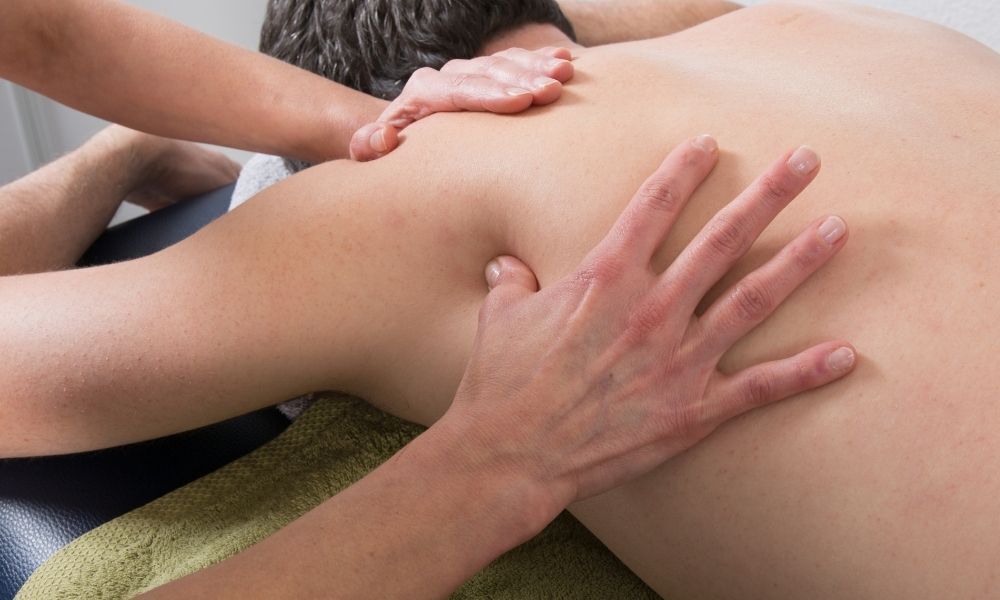
Through pressure applied with the fingertips on specific points on the human body, Shiatsu balances mind and body. Therefore, the technique brings countless health benefits and can help both emotional issues and physical health itself.
It is possible to say that Shiatsu appeared in Japan, but suffered influences from several different cultures around the world, which started to incorporate the massage technique after having contact with it, as is the case of Brazil, which got to know Shiatsu through Japanese immigration.
It is worth noting that this technique acts to increase the patient's energy, as well as their levels of awareness about themselves, which improves the functioning of the organs and also stimulates greater immunity. Thus, Shiatsu acts to prevent disease.

